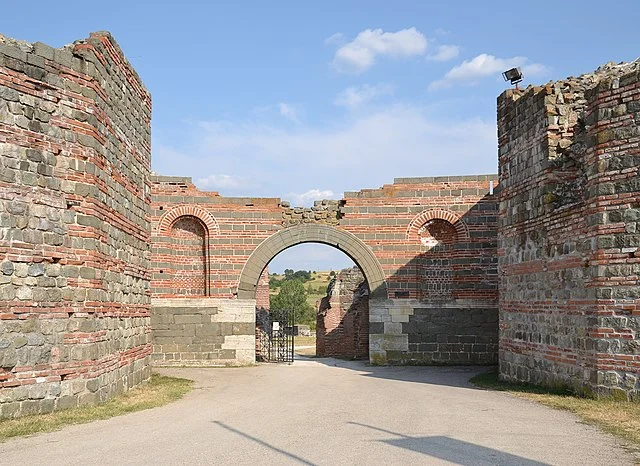Gamzigrad, also known as Felix Romuliana, is an ancient archaeological site located in Serbia. The site is named after the Roman Emperor Galerius, who was born here around AD 250. It holds significant historical and architectural value due to its well-preserved ruins and its connection to the late Roman Empire.
Get your dose of History via Email
Historical Context
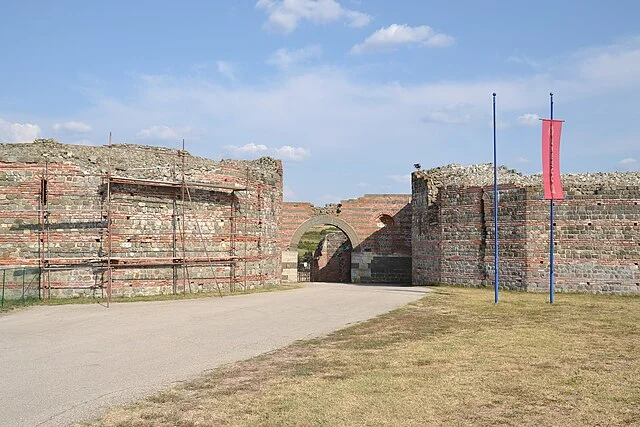
Gamzigrad was a Roman imperial complex built during the reign of Emperor Galerius (AD 305–311). It served as both a military stronghold and a residential palace. Galerius chose the site for its strategic location and its proximity to the Roman province of Moesia. The complex was likely constructed in the late 3rd to early 4th centuries AD.
The area around Gamzigrad was important in the Roman Empire’s eastern frontier, where Roman and local forces frequently interacted. The complex reflects the wealth and power of the Roman imperial court during the Tetrarchy, a period when the empire was ruled by multiple co-emperors.
Architectural Features
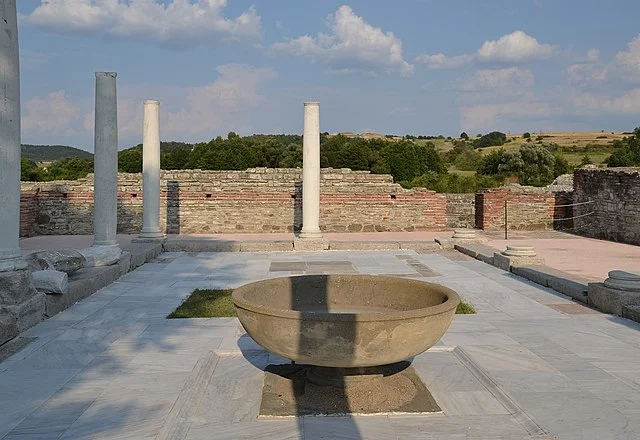
The ruins of Gamzigrad include a variety of structures, such as temples, palaces, and bathhouses. The most prominent feature is the palace complex, which includes a large courtyard surrounded by residential rooms. This palace was built with high-quality materials, including marble and stone, which were imported from different parts of the empire.
The complex also contains a number of temples dedicated to Roman gods and emperors. These temples reflect the religious practices of the time, with a focus on emperor worship. Archaeological finds, such as inscriptions and sculptures, indicate that Galerius and his family were actively involved in the promotion of their own imperial cult.
Importance of Gamzigrad
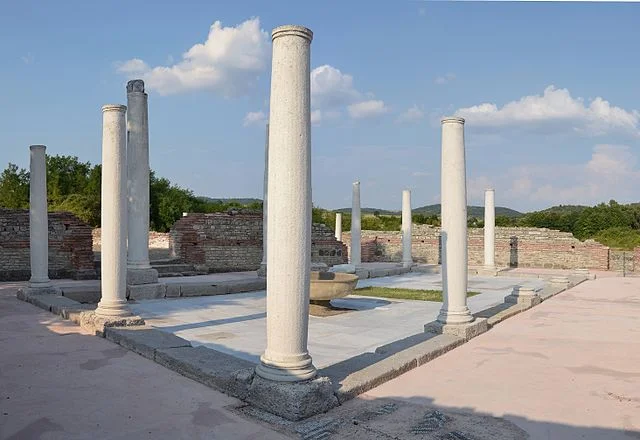
Gamzigrad is an important site for understanding the architectural and cultural developments of the late Roman Empire. It provides insight into the lifestyle and religious practices of the imperial court during the Tetrarchy. The site’s strategic location also offers valuable information about Roman military architecture and its role in securing the eastern borders of the empire.
The site’s archaeological significance was recognized in 2007 when it was inscribed as a UNESCO World Heritage Site. This recognition highlights the importance of Gamzigrad as a well-preserved example of Roman imperial architecture.
Excavations and Findings
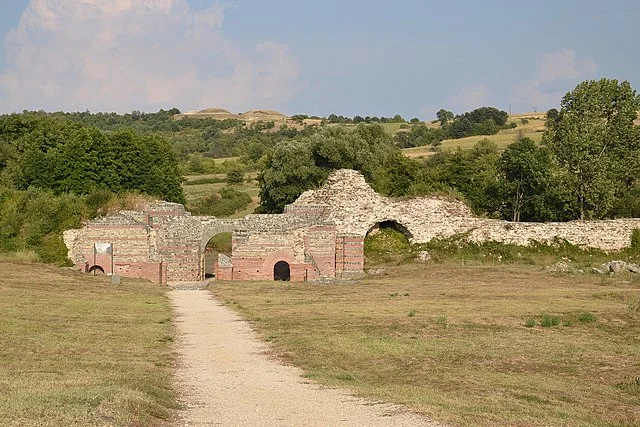
Archaeological excavations at Gamzigrad began in the 19th century and continue today. These excavations have uncovered numerous artifacts, including coins, sculptures, and inscriptions, that provide a deeper understanding of the site’s history. The site is still being studied, with ongoing efforts to preserve its structures and uncover additional aspects of its past.
Among the most important finds are the remains of a large imperial mausoleum, believed to be the burial site of Emperor Galerius. The mausoleum is richly decorated with carvings and inscriptions that reflect the emperor’s status and his connection to the divine.
Conclusion
Gamzigrad is a key site for understanding the Roman Empire during the late 3rd and early 4th centuries AD. Its well-preserved architecture and rich archaeological findings offer invaluable insight into Roman imperial life, religion, and military strategy. As an important historical landmark, Gamzigrad continues to be a focal point for research and preservation, contributing to our understanding of the ancient world.
Source:

